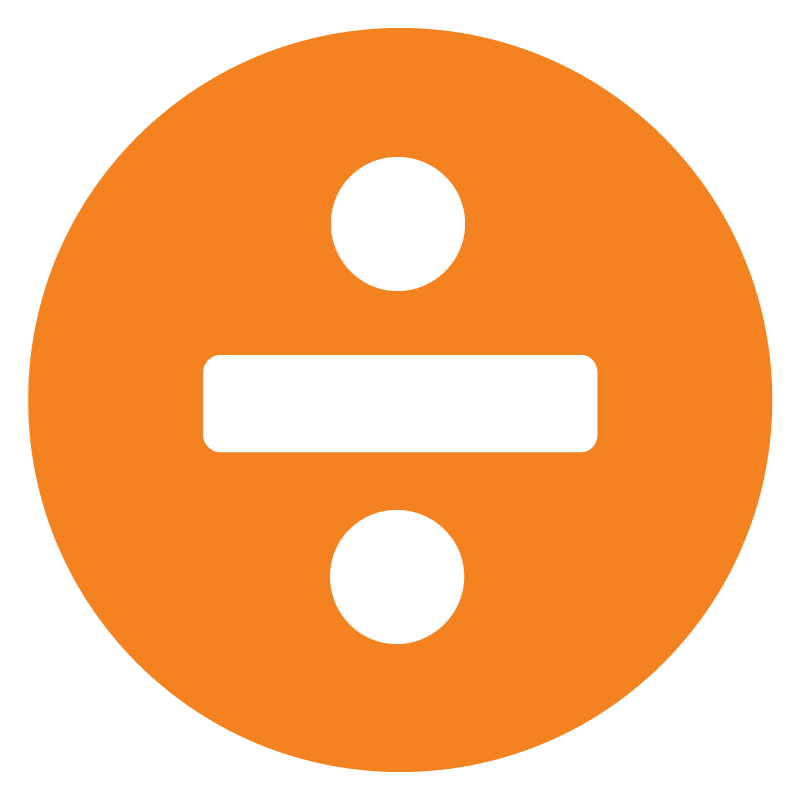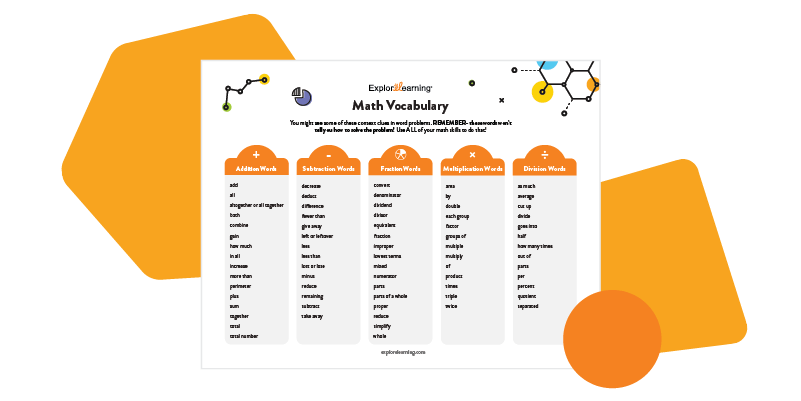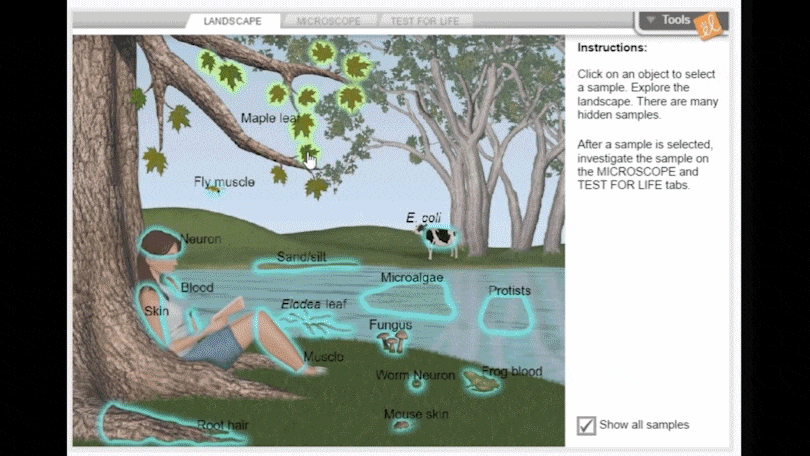
You’ve done the work in your math class. Your students understand the processes to solve problems. They proved it through assignments, or you identified and implemented interventions. So, why do students miss math problems they solved successfully in class? Sometimes, it’s about the words, not the numbers. A student may know exactly what to do when a math problem has the “+” symbol, but that same student may not know what to do when the problem asks for a total. Because the words are different, students might also think the process is different.
While words are important, don’t solely focus on keywords because that may detract from the student’s overall ability to make sense of problems. Students need to know the meanings of words. More importantly, they need to understand the context of those words to the whole problem. Because keywords may have more than one meaning depending on how the problem is written, take the time to discuss this and share some examples with your students. Identifying keywords should only be used as part of a larger strategy.
Make time to review specific math terminology and possible keywords with your students. Take a look at a small sample of words that could provide context clues when combined with other strategies. Download the full list here.
REMEMBER- these words won’t tell students how to solve the problem! They'll need to use ALL of their math skills to do that!

Addition Words
- add
- all
- altogether or all together
- both

Subtraction Words
- decrease
- deduct
- difference
- fewer than

Multiplication Words
- area
- by
- double
- each group

Division Words
- as much
- average
- cut up
- divide

Fraction Words
- convert
- denominator
- dividend
- divisor
Sign up to get the latest updates from ExploreLearning via occasional email.




